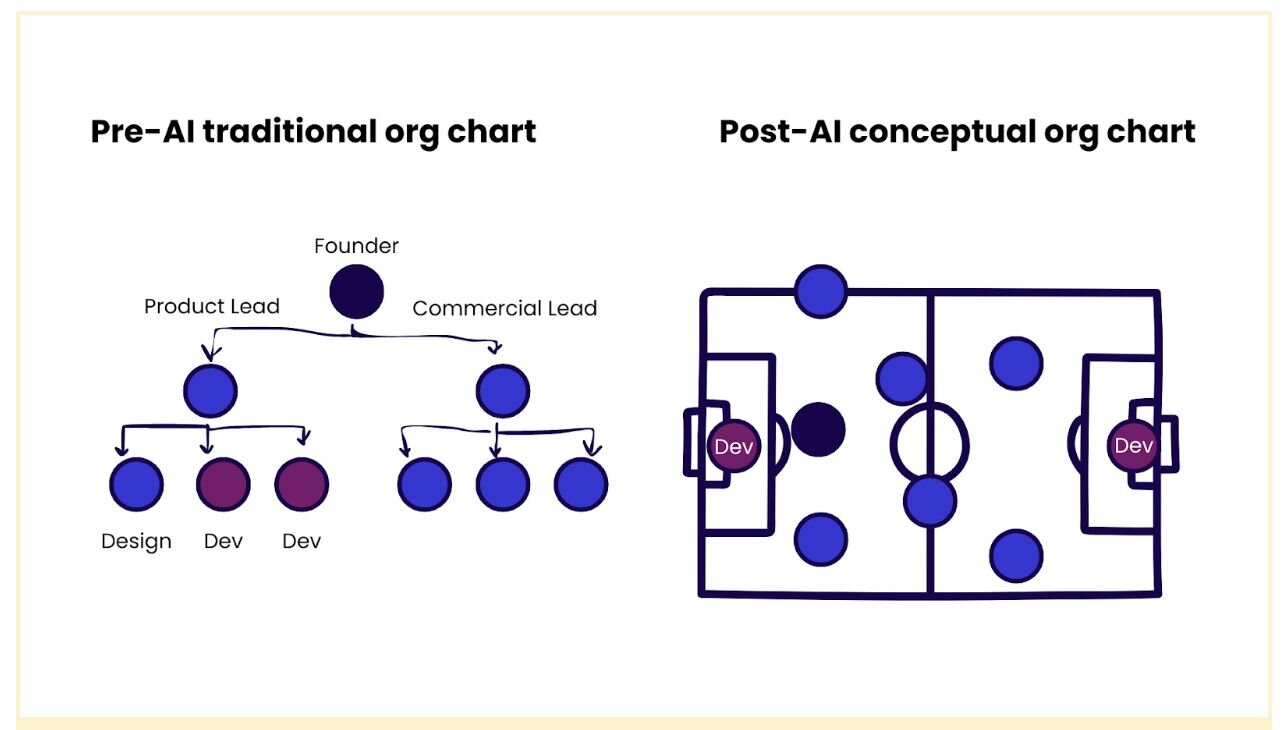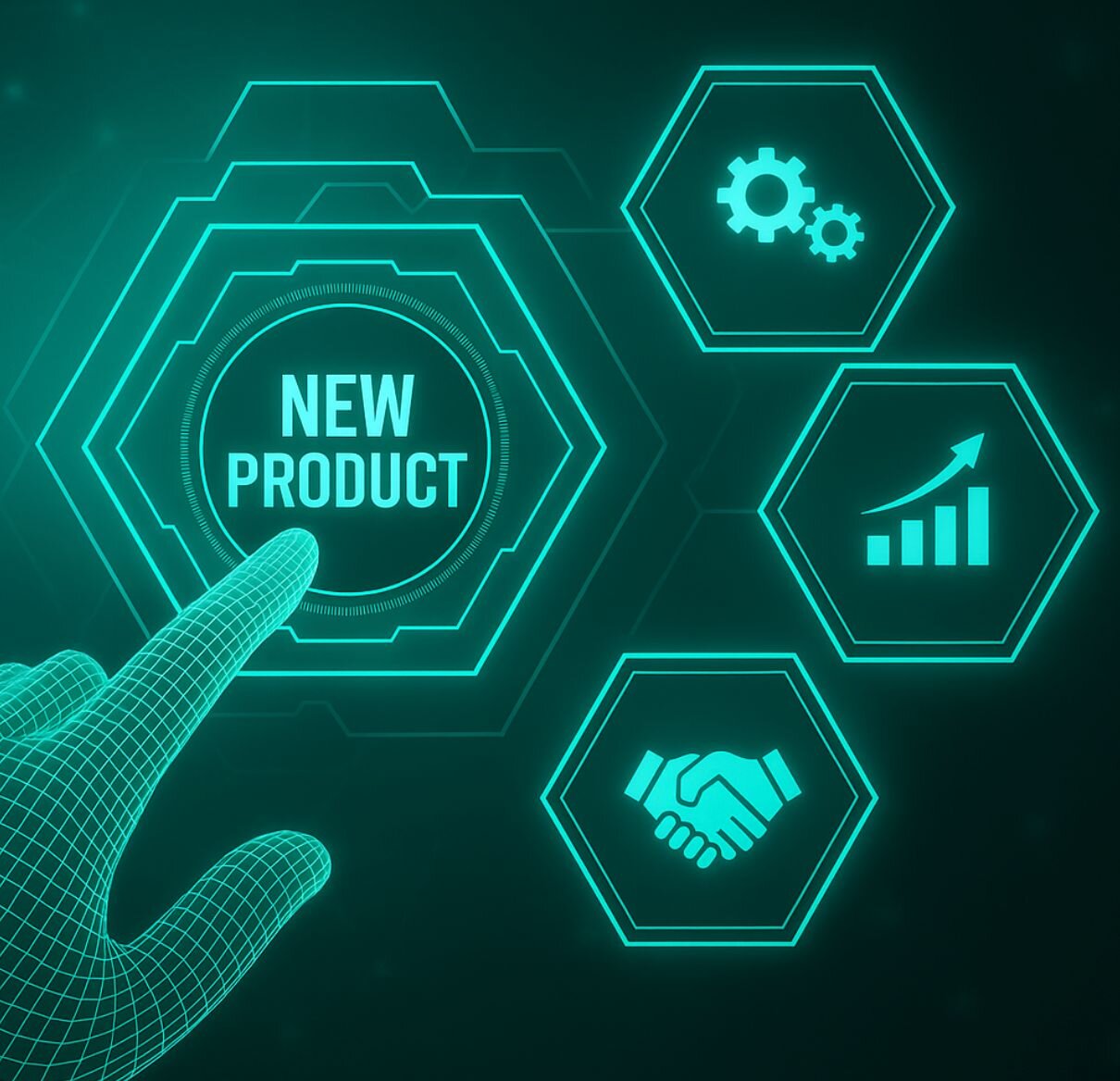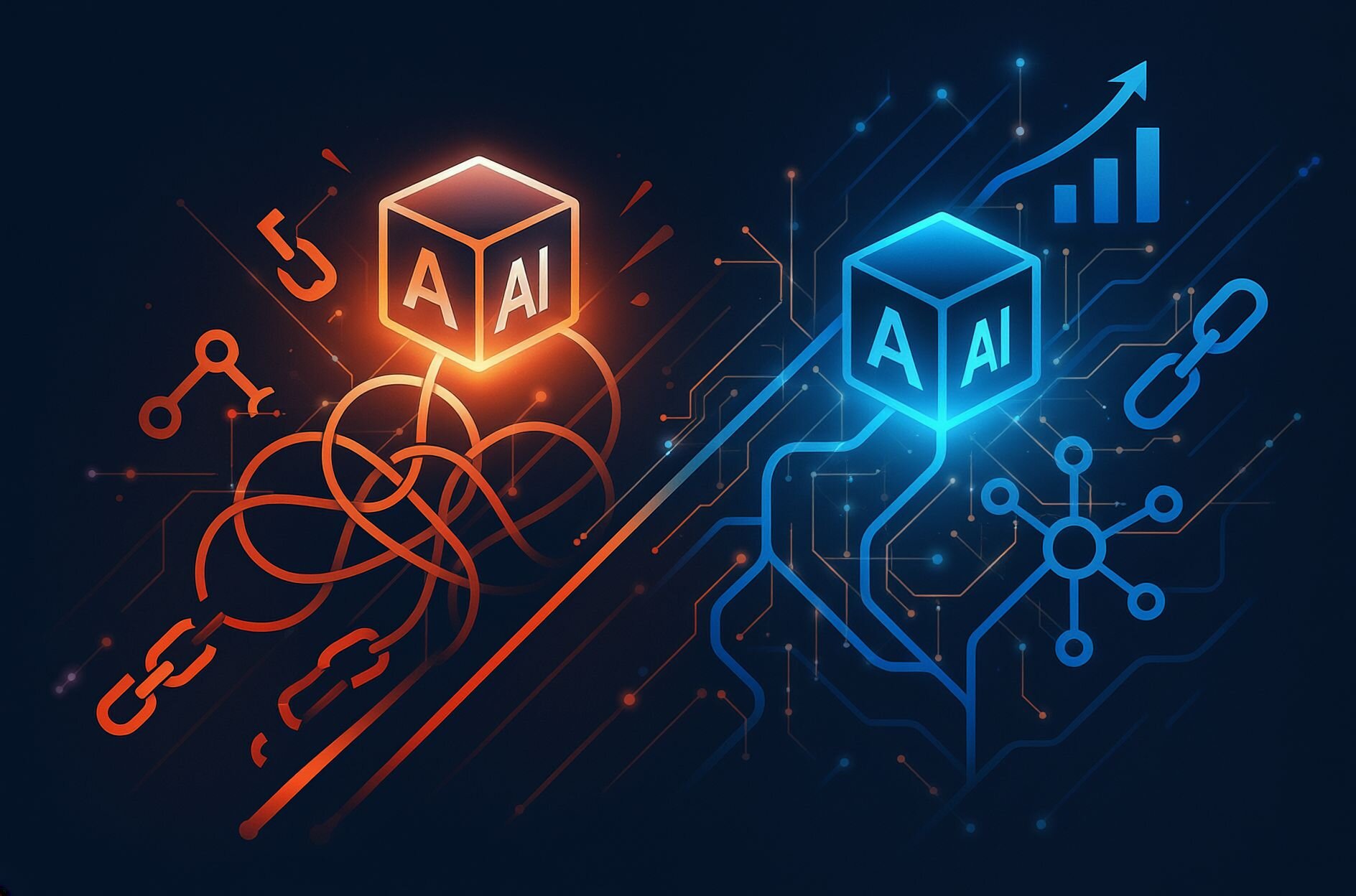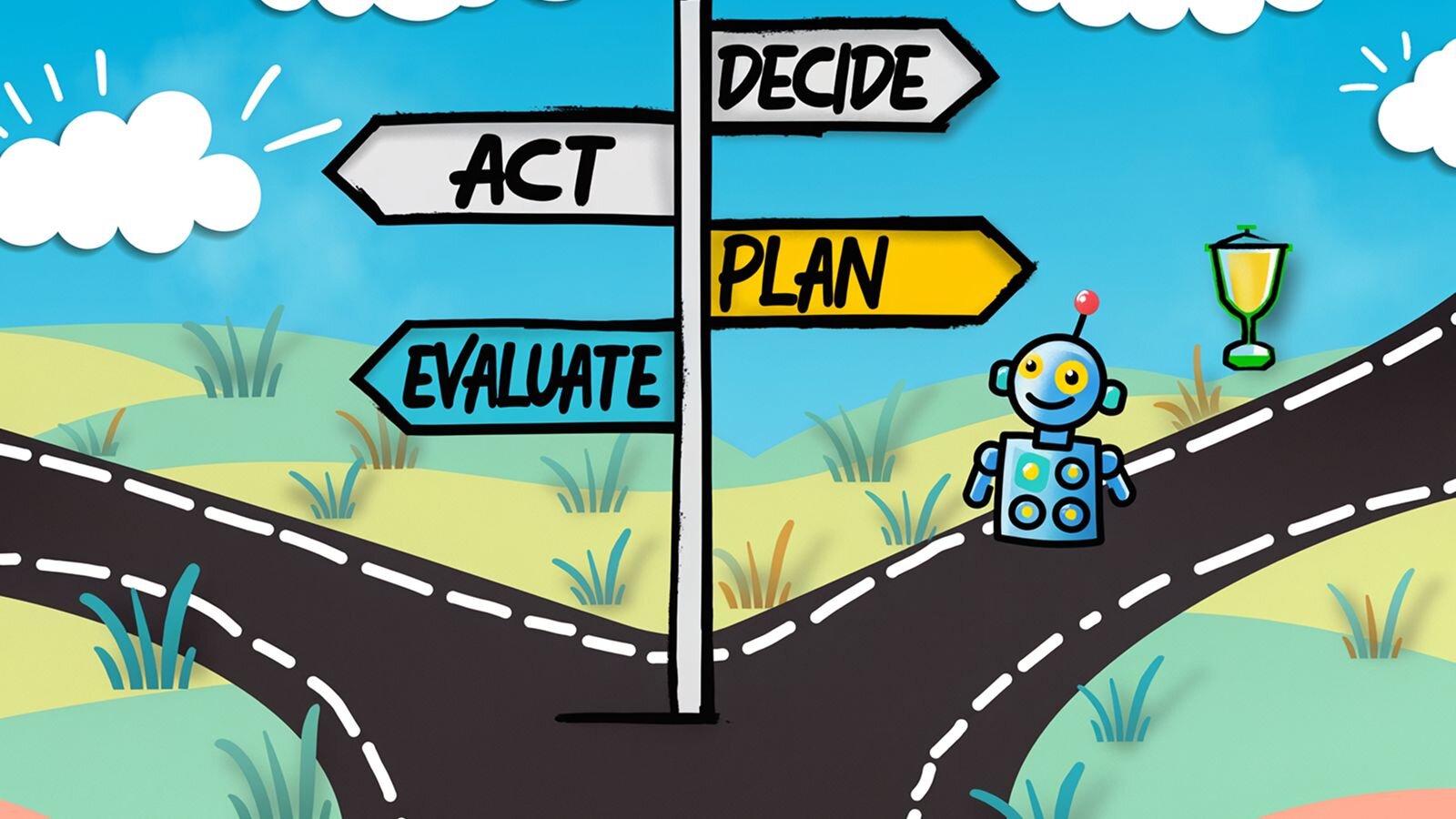I have been a product manager (PM) and lead consultant in e-commerce fulfillment space for the largest retailer in the world and I have seen the evolution of a successful fulfilment application from scratch to the leading fulfilment product. As a result, I would like to share my point of view on some of the key attributes a successful e-commerce product should possess and the importance of building them. Here is a brief overview of e-commerce industry and product capabilities.
E-commerce overview
E-commerce or ‘Electronic Commerce’ is any tool (application or website) that allows you to buy & sell services and productions online without physical presence. In 1979, English inventor Michael Aldrich uses a transaction-processing computer and a doctored television to create the very first secure data transmission, laying the groundwork for online shopping. 1982. The first online marketplace, Boston Computer Exchange, opens for business. An estimated 2.14 billion people worldwide buy goods and services online. E-commerce is one way people buy and sell things in retail. Some companies sell products online only, while other sellers use e-commerce as a part of a broader strategy that includes physical stores and other distribution channels.
An e-commerce application is your digital storefront that facilitates the transaction between a buyer and seller. It is the virtual space where you showcase products, and online customers make selections. e-commerce fulfillment can happen from store, warehouse or from micro fulfillment center (using AI robots or augmented reality).
An e-commerce fulfillment product is a tool used by a person (associates of the company OR third party crowd sourced delivery partners) to pick, pack and deliver online customer orders. An ideal e-commerce fulfillment product should meet certain requirements in order to help the person (associates of the company OR third party crowd sourced delivery partners) meet online customer’s promise time.
In this article, I have listed some of the key criteria that a fulfilment product should possess to stay ahead of competition.
User friendly products
Success of any product purely lies on its ease of use. Fulfillment product is one such kind where you could have number of touches by various associates across the organization. Hence it is imperative that the product has to be user friendly and how easy it can be onboarded to new users/associates. As product managers, it is our responsibility to think from user’s perspective while building any product especially the one like this which could be used by millions of users every day.
Optimized pickwalk
A good fulfilment product helps users pick, pack, and ship orders quickly without spending much time searching for items/orders. This product should take users in an optimized pick path while fulfilling the orders and never take them back and forth between aisle locations.
It is important to map and feed the fulfilment area to the product so that it takes users effectively without wasting their time. Several Machine Learning algorithms can be leveraged to achieve this capability in the product. Being a fulfilment product user, we would like to walk as little as possible while achieving our goal.
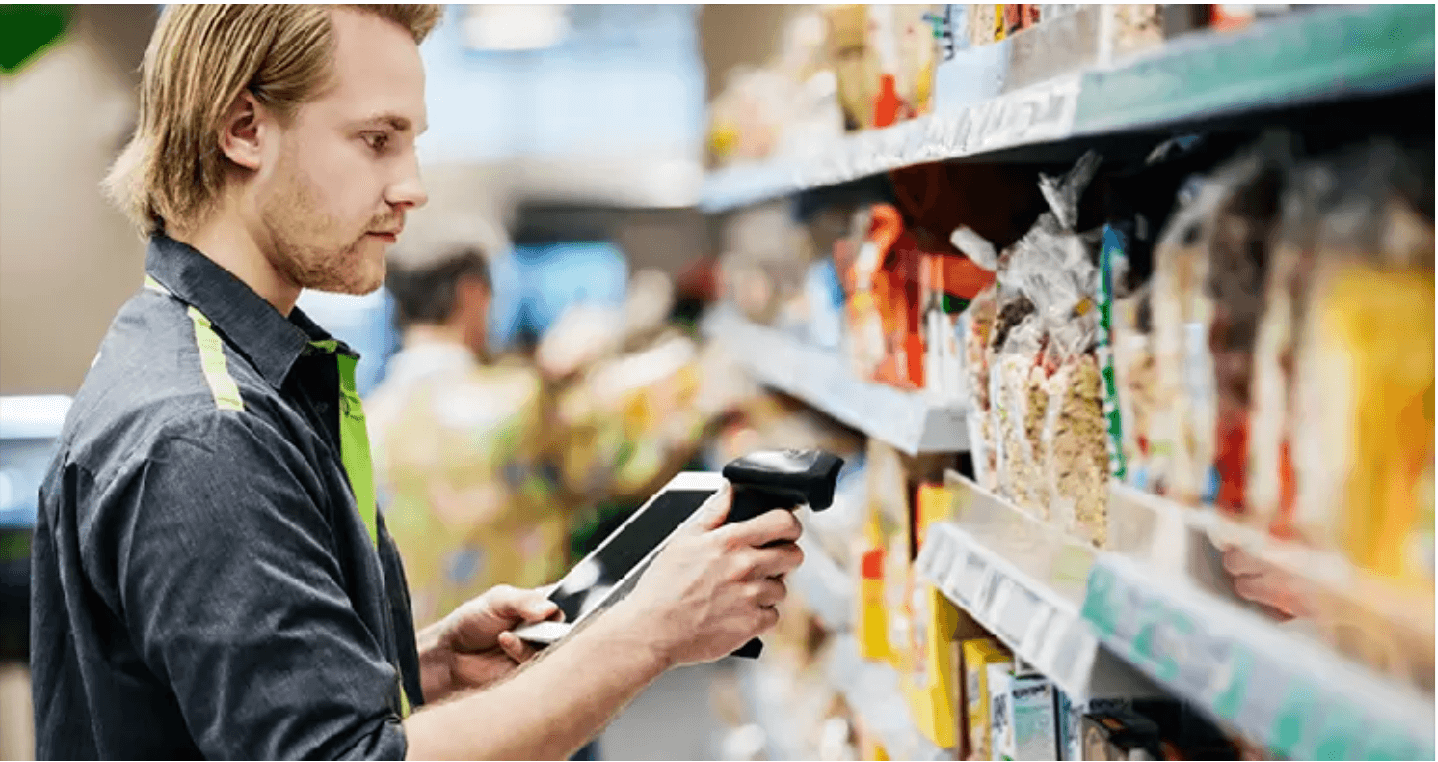
Let’s understand this with an example,
- Customer A has ordered 3 items (Cheese, cookies, ice cream)
- Customer B has ordered 2 items (Eggs, chips, frozen peas)
- Customer C has ordered 5 items (Yogurt, chips, cookies, frozen pastry, milk)
A good fulfilment product should create 3 separate/individual pick walks one for ambient items (Cookies, chips); one for chilled items (Cheese, eggs, milk, yogurt); one for frozen items (Ice cream, frozen peas, frozen pastry) so that it makes user walk to one section/area once to grab all items from that area. Users can consolidate the items picked across multiple orders (from above example) and segregate/sort them for each customer order before dispensing. This way of fulfilling is way more efficient (saving around 40% of associate time) than picking each order in unison.
User experience
Product should be aesthetically pleasing to the users and should give them enough information to fulfil e-commerce orders instead of them seeking information. Information like color, size, quantity available on hand, product UPC and its location on the shop floor can help associates pick items faster without dwelling on it.
It is also important to show a preview of items to be picked by the user so that it helps in getting the necessary tools (Cart, tote/baskets etc.) to fulfil these orders from a store or from a warehouse. For example – If a picker has to pick up large/bulky items like TVs, vacuum cleaners etc., he/she has to carry an L-shaped trolley to lift and carry them to the staging area before customer pickup. If there is a need to pick fresh product loose items like banana, tomatoes, bell peppers etc., he/she needs to carry a tote or basket to pick them and so on. Hence, getting a preview of their pick walk is an important capability to be built into the product for a seamless user experience.
Per industry standards, the average pick rate for any fulfilment product is around 100 to 120 items per hour. With advancements in technology, this number is expected to increase.
Retention and scalability
This is a very important capability, and a good product should be scalable/customizable according to customer needs. There are plenty of customers in the market, and their requirements vary based on the type of industry and the product assortment of their clients. Our product should be flexible enough to tweak and add a plethora of features which can be leveraged as needed. The long-term advantage of this capability is that we can keep building these features and enhance the product. Typically, most IT product companies work under Agile methodology. This means that they release features iteratively. Having the ability to install/deploy changes based on user experience and feedback is vital for any product to sustain in the long run.
There are a number of such crowd-sourced fulfilment products available in the market which can be subscribed and are being used by some top retailers. Crowd-sourced personal shoppers are another big thing happening in the industry where these shoppers pick and deliver online customer orders. Instacart, Safeway, and Instaleap are a few examples used by some high-profile companies in the world.
Integration and checkout
On top of the above capabilities, another key parameter is how easy or difficult is your product’s integration capability with other systems. Often, we build a brilliant product, but if it cannot seamlessly integrate with other external systems, then it will not pay huge dividends. It is important for a fulfilment product to integrate easily with upstream systems like order management systems and downstream systems like last-mile delivery platforms.
Customers prefer to have a one-stop shop instead of having to juggle between multiple applications. The more seamless your deep link between multiple systems, the better your product is. With seamless integration, we can build some exciting features in our product, like customer choice of substitutions, live tracking of picking & delivery, and chatting with customers during fulfilment.
Conclusion
Overall, these are some of the key factors to be considered before onboarding any new product for e-commerce fulfilment from store or from a warehouse. With online business going at a rapid pace of 31% since 2022 and with US shoppers spent of around $95Bn last year, it is high time that Retailers offer BOPIS (Buy online pickup In store) to their customer in order to sustain in the market. BOPIS cannot be achieved without a sound e-commerce product platform and a fulfilment product is at the heart of it. As per secondary research, 54% of retailers offer this capability in the US. Also in order to retain customer base and to scale up further, on-demand personal shoppers are being onboarded many retailers in the market and externalising a fulfilment product is also something that is expected to grow in near future.
Explore more great product management content by exploring our Content A-Z


